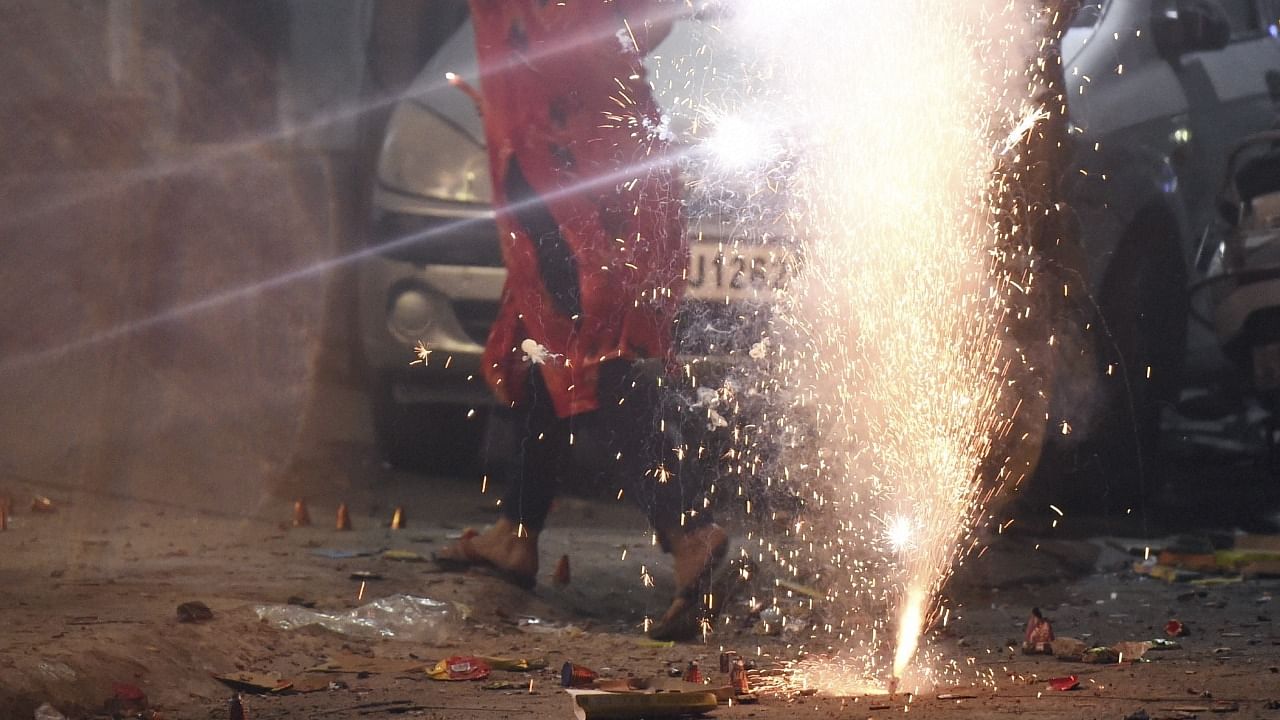
A five-city analysis of Air Quality Index (AQI) during Deepavali by hyperlocal data firm Ambee shows Bengaluru recording a consistent dip in air pollution since the last three years.
Among the most polluted areas this festival week (November 1-7) were Vijayanagar East, Hampinagar and Chandra Layout with an average AQI above 100 and average PM2.5 above 40.
Jalahalli West, Dasanapura and Laggere were among the least polluted areas with an average AQI just above 40 and average PM2.5 levels as low as 10. “The city saw a dip in air pollution with AQI levels lower than last year. Even though this dip may be the result of a downpour due to the cyclonic effect, the AQI trend has seen a consistent dip for the last three years,” Ambee’s just-released report says.
Tavarekere, Bangalore University and Nayandanahalli were among the other most polluted areas in the city this year, adds the report.
Among the five cities that were analysed, Delhi recorded the highest levels of pollution, with an average AQI above 160 prior to Deepavali and around 250 after the festival. The PM2.5 levels in Delhi saw a jump from 100 to 175 post Deepavali. However, in the comparative analysis of Deepavali 2020 and 2021, Delhi saw a marginal decrease in average AQI from 271 in 2020 to 225.5 in 2021.
Post Deepavali, Chennai remained the least polluted city, with average AQI levels lower than 50 and PM2.5 levels hovering around 15. Bengaluru recorded similar patterns with the average AQI just above 50 and a PM2.5 level of around 20.
However, the report says, Mumbai recorded an average AQI of around 150 throughout the period. “Hyderabad saw a marginal drop in pollution levels post Deepavali with the average AQI falling from 110 before the festival to 100 later.”
Ambee uses a multimodal approach to monitor air quality at a street by street level. Besides government sensor data, Ambee’s on ground Internet of Things (IoT) sensors and open source data, the data firm employs satellite imagery, weather and meteorological data to measure air quality.
The company’s algorithms factor in human activities such as garbage burning, vehicular traffic, construction and industrial emissions that play a major role in generating pollution.